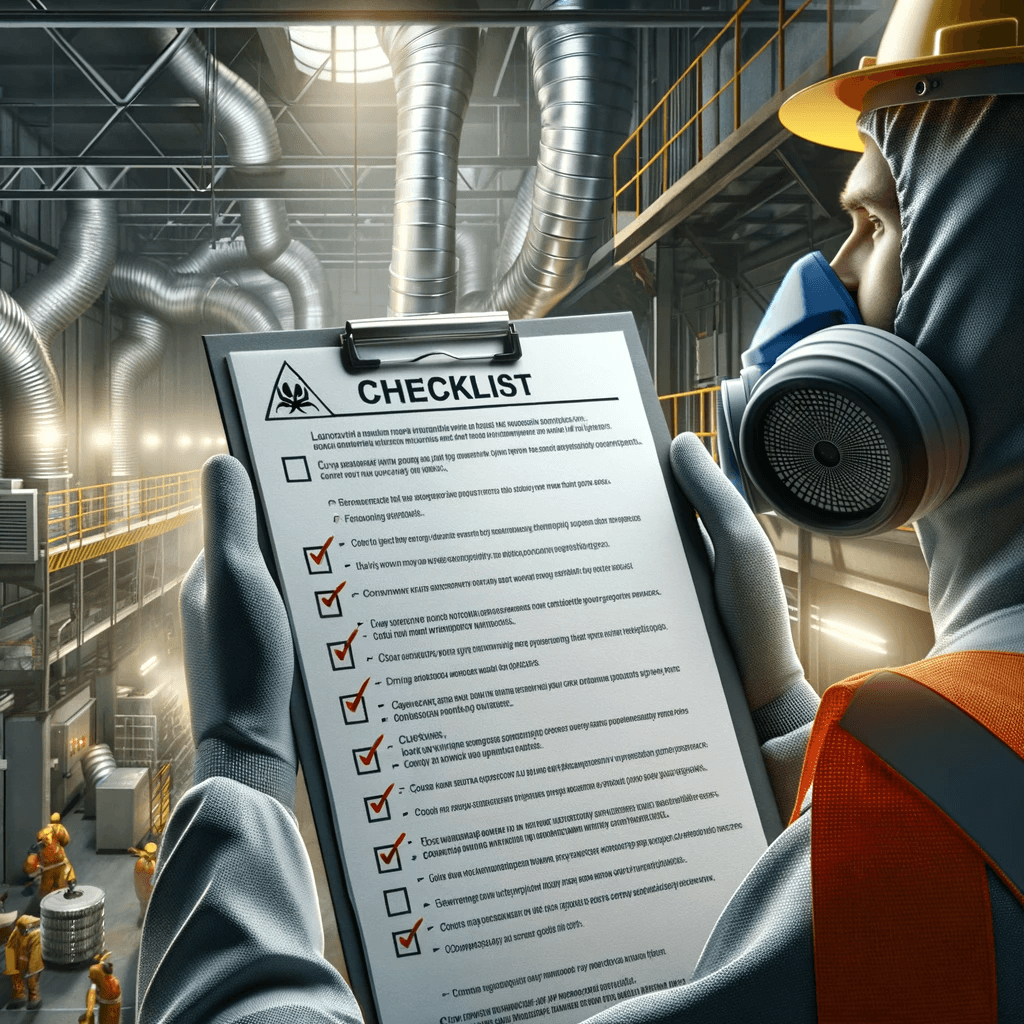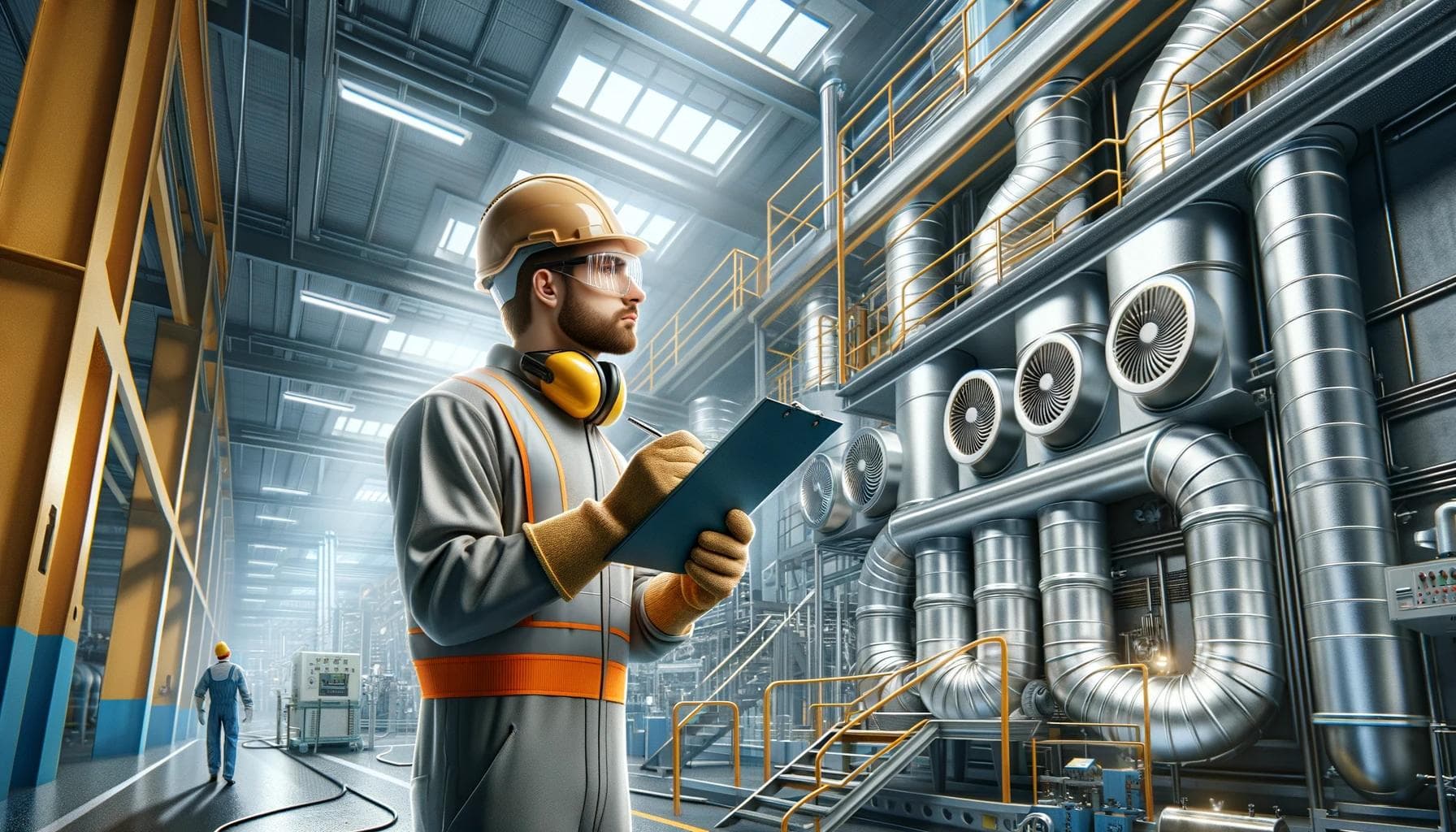
Alternatives to Local Exhaust Ventilation
In industrial environments, controlling airborne contaminants is a crucial part of ensuring a safe and healthy workplace. Many organisations turn to Local Exhaust Ventilation (LEV) systems to minimise exposure to hazardous substances. LEV systems work by capturing pollutants at their source and removing them from the air before they can be inhaled by workers. However, they are not the only solutions available on the market. Alternatives to Local Exhaust Ventilation systems can also effectively mitigate occupational health risks, potentially offering greater cost efficiency or adaptability in certain circumstances. In this article, we will examine the other options available to businesses across the UK.
Dilution Ventilation Systems
One of the key alternatives to Local Exhaust Ventilation is Dilution Ventilation, also known as general ventilation. This system operates by diluting the concentration of airborne contaminants in the work environment with clean air. Whereas LEV systems are designed to capture pollutants at the source, Dilution Ventilation does not target a specific emission point. Instead, it works to reduce the overall concentration of contaminants throughout the facility.
Dilution Ventilation can often be simpler to install and maintain compared to LEV systems. Additionally, it can be a suitable option for workplaces with dispersed or diffuse sources of pollutants that cannot be easily captured by local exhaust systems. However, it should be noted that this method typically requires a greater volume of air to be effective, potentially resulting in higher energy consumption.
Administrative Controls
When looking at alternatives to Local Exhaust Ventilation, administrative controls should also be considered. These are work policies or procedures implemented to reduce workers' exposure to contaminants without altering the actual physical environment. Examples of administrative controls include scheduling work when fewest workers are present, rotating job assignments to limit exposure time, and implementing safe work practices.
These controls can be especially useful when used in conjunction with other ventilation systems or in situations where the introduction of machinery-based solutions is not feasible. However, their effectiveness often relies on consistent management and worker cooperation, making them less reliable as standalone interventions.
Personal Protective Equipment (PPE)
The use of Personal Protective Equipment (PPE) is another alternative method to protect workers from hazardous substances. PPE can include items such as respirators, masks, gloves, and protective clothing, designed to prevent inhalation or skin contact with contaminants. While PPE is an essential part of a comprehensive health and safety program, it should generally be considered the last line of defence after other forms of control have been explored.
Using PPE does not reduce the amount of pollutants in the environment; rather, it acts as a barrier between the worker and the hazards. Therefore, while PPE is crucial for safety, it should ideally be combined with other measures that aim to remove or reduce contaminants at the source.
Substitution and Process Changes
An often-overlooked approach among the alternatives to Local Exhaust Ventilation is the substitution of hazardous materials or modification of processes. This preventive strategy involves replacing dangerous substances with non-toxic or less harmful alternatives. For instance, a business might switch to using a water-based paint instead of one that's solvent-based to reduce the emission of volatile organic compounds (VOCs).
Furthermore, modifying work processes to lessen the creation of hazardous agents can be a highly effective method of control. This might include changing the way materials are handled, applying substances with brushes rather than spraying, or installing enclosures around processes to prevent emissions from dispersing.
Conclusion
In conclusion, while Local Exhaust Ventilation is a powerful tool for controlling workplace contaminants, it is not the sole solution available. Alternatives to Local Exhaust Ventilation such as Dilution Ventilation Systems, Administrative Controls, Personal Protective Equipment, and Substitution and Process Changes all have their place within an integrated approach to occupational health and safety. Employing a combination of these strategies may lead to an optimised environment, safeguarding the wellbeing of workers while potentially offering more flexibility and cost benefits.
Organisations like WBT Services Ltd, with extensive experience in industrial systems and solutions across the UK, can provide expert guidance on the best methods to manage air quality in specific workplace scenarios. To explore all available options and devise a comprehensive strategy tailored to your needs, consider visiting WBT Services Ltd.
Finding the right balance of strategies is essential for any business striving to maintain a safe working environment. By staying informed on the full range of alternatives to Local Exhaust Ventilation, companies can ensure they are taking every necessary step to protect their workforce from harmful airborne contaminants.

